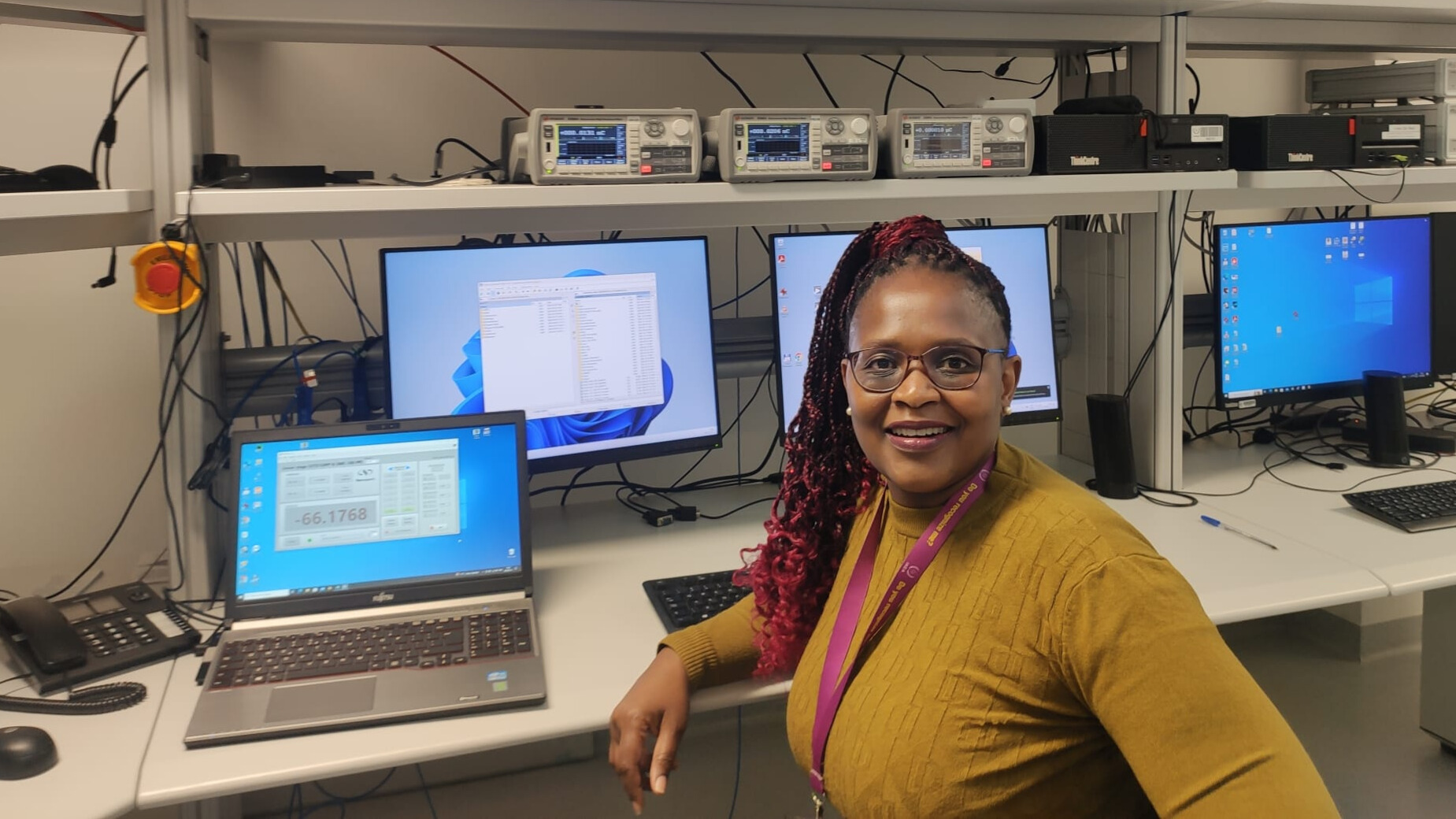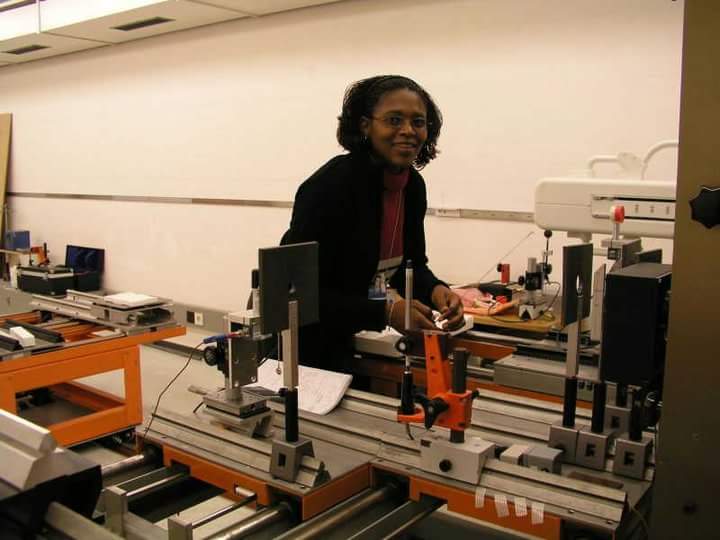The IAEA profiles employees to provide insight into the variety of career paths that support the Agency’s mission of Atoms for Peace and Development and to inspire and encourage readers, particularly women, to pursue careers in STEM (science, technology, engineering and mathematics) or STEM-adjacent fields. Read more profiles of?women at the IAEA.?
“Don’t let the pressures of life distract from following your heart, wherever it takes you. Understand your purpose and strive to fulfil it,” Zakithi Msimang encourages the young scientists she supports in the IAEA’s Division of Human Health.
From South Africa to Austria, she has always let her interests and curiosity lead the way. Today, she is a medical physicist and metrologist, and a mentor in the IAEA’s Marie Sklodowska-Curie Fellowship Programme for women in STEM.
“Every country doesn’t need its own lab for metrology, but they all have to resolve the challenge of measurement and accuracy in some way. Whether you are a patient receiving radiation as a cancer treatment or a baker buying flour, everyone needs assurance that the amount they receive is correct and consistent,” she explains.
As the IAEA’s only Secondary Standards Dosimetry Laboratory (SSDL) Officer, Msimang has a unique role in ensuring consistency. She supports the 89 laboratories in 76 different countries that comprise the IAEA/World Health Organization Network of SSDLs. She oversees the data that laboratories around the world use daily to validate the calibration procedures they undertake at their own institutions. She also assists countries in establishing their own dosimetry calibration facilities, drafts IAEA guidance documents and organizes trainings on IAEA codes of practice.
This commitment to ‘measurement for all’ — this year’s theme for World Metrology Day — has also been the beacon of Msimang’s career path.


